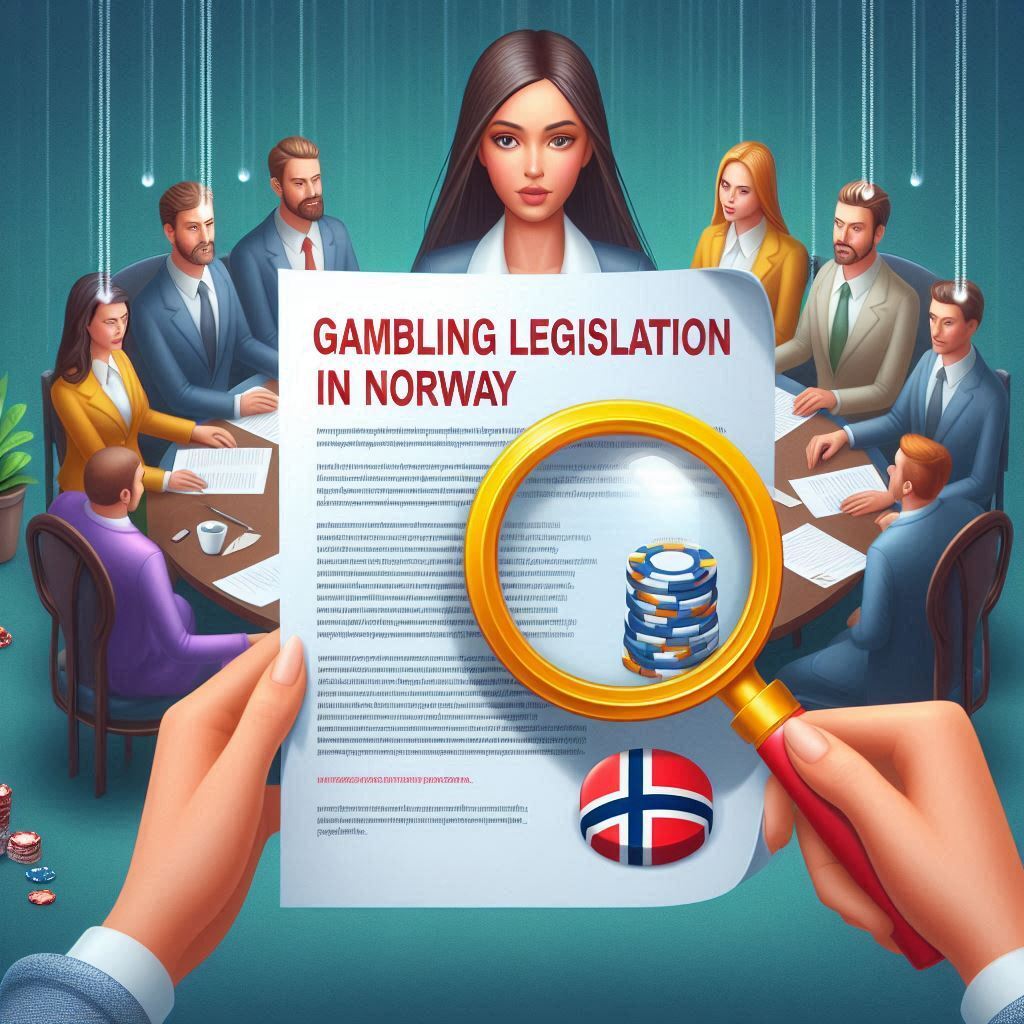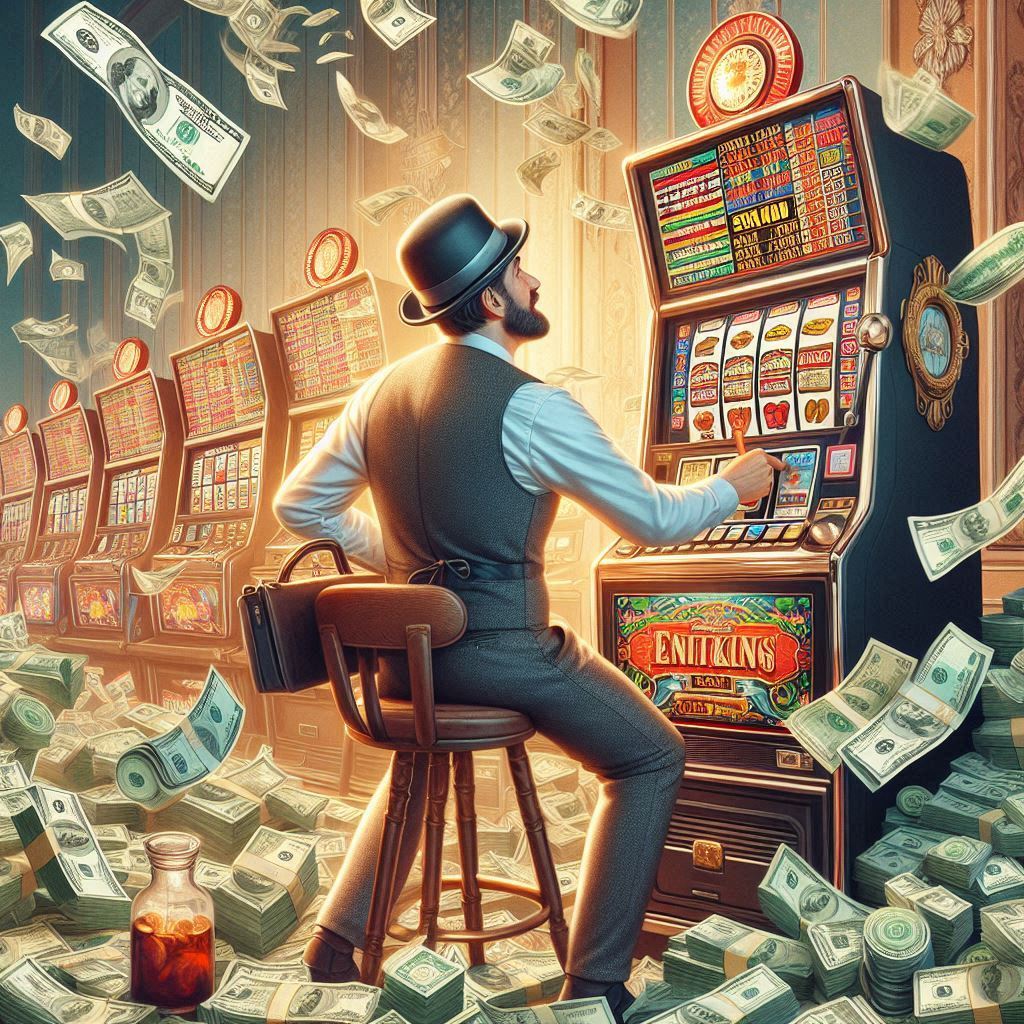Physical Address
304 North Cardinal St.
Dorchester Center, MA 02124
Physical Address
304 North Cardinal St.
Dorchester Center, MA 02124

In the next phase of Henrick’s life, he would become responsible for the Norwegian VLT network of 10,000 terminals.
Here’s how it happened.
“In 1999 I received a RFP (Request for Proposal) from Svenska Spel to modernize their VLT system.
I learnt that although it was quite similar to what I’ve built in the past 5 years. They used the land-based casinos conservative technology and missed out on leveraging the internet as part of the solution.”
Henrick’s revelation turned into a specification of a system called IVT Interactive Video Terminal.

In 2002, Boss Media teamed up with a Swedish lottery system provider called EssNet and Tattersall’s. They formed a new company and called it EssNet Interactive.
The new company would use a version of Boss Media games and combine them with EssNet’s lottery terminal, to create a new VLT experience which they could then supply to the market.

There was a fundamental flaw in Norwegian gaming legislation in place before 2003. Slot machines were somehow defined as a Lottery and could therefore be offered as part of a charitable pursuit.
To quote this document
“The definition of a “lottery” under § 1 of the Act is broad, comprising all activity in which participants may for a stake acquire a prize as a result of a draw, guesswork or other procedure which wholly or in part produces a random outcome. This ensures that all possible forms of gambling fall within the regulatory framework.”
Therefore, you can consider a slot machine as a lottery as the prizes are awarded by a method employing random number generators. A slot machine is therefore legal.

With the advent of new games technology in the 1990’s, the Norwegian operators had worked out how to supply attractive games to a welcoming public in a legal manner. The slot market grew rapidly.
By the early 2000’s, there were at least 19,000 machines in operation. Market gross turnover rose from 7,836m NOK ($1.1 billion) to 26,034m NOK ($3.8 billion) in 2004.
“They were literally everywhere.”
Interestingly, until the 1980’s, in bars and cafes, most gambling machines were of the “coin-flick” type. 1 krone could be “flicked” and they paid out a maximum of 7 krone. They were considered a skill game and therefore exempt from the legislation.
At that time, the Norwegian gaming market was flooded with dodgy slot machines. There were estimated to be 19,000 slot machines located throughout the country.
The government was getting concerned. Their concerns were to do with social impact of these slot machines and their lack of accountability.
Not only that, the slot machine reporting systems were flaky and the government feared they were not returning the true profits back to the charitable organizations and no doubt some tax revenues were being lost.